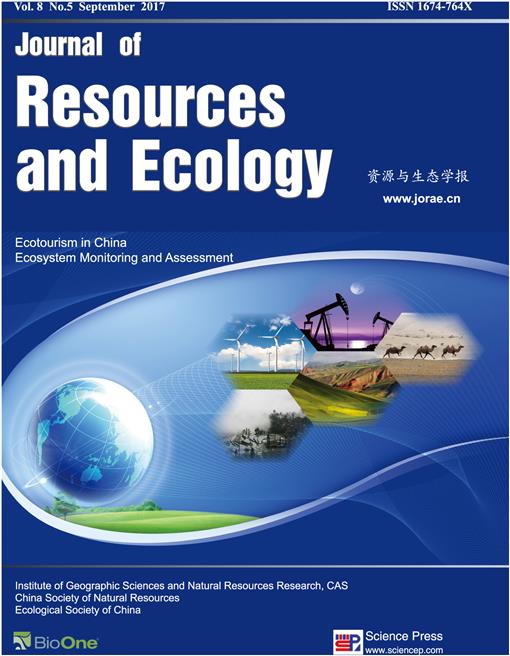The Tibetan Plateau serves an important shelter function for the ecological security of Asia, and especially China. Here, we proposed and improved indicators and methods for assessing the ecological sensitivity and vulnerability of the terrestrial alpine Plateau ecosystems and assessed the freeze-thaw erosion, land desertification, water-caused soil loss, and land salinization sensitivity, together with ecological vulnerability, from the overall ecological sensitivity, ecological pressure, and elasticity aspects in Tibet. The results indicate that the terrestrial ecosystem of Tibet is quite sensitive to freeze-thaw erosion, land desertification and water-caused soil loss. Extremely and highly sensitive regions account for 9.62% and 83.69%, respectively, of the total area of the Tibet Autonomous Region. Extremely and highly vulnerable areas account for 0.09% and 52.61%, respectively, primarily distributed in the Himalayan and Gangdise mountain regions in west Tibet; the Nyainqentanglha, Tanggula, Hoh Xil, and Kunlun mountain regions; and the northwest and northern regions of the Changtang Plateau. The results will aid the development of customized protection schedules according to different ecological issues in each region.
How to translate text using browser tools
1 September 2017
Assessment of Terrestrial Ecosystem Sensitivity and Vulnerability in Tibet
Li Yuanzheng,
Han Fengsen,
Zhou Hongxuan
ACCESS THE FULL ARTICLE
ecological elasticity
ecological pressure
freeze-thaw erosion
land desertification
land salinization
water-caused soil loss





